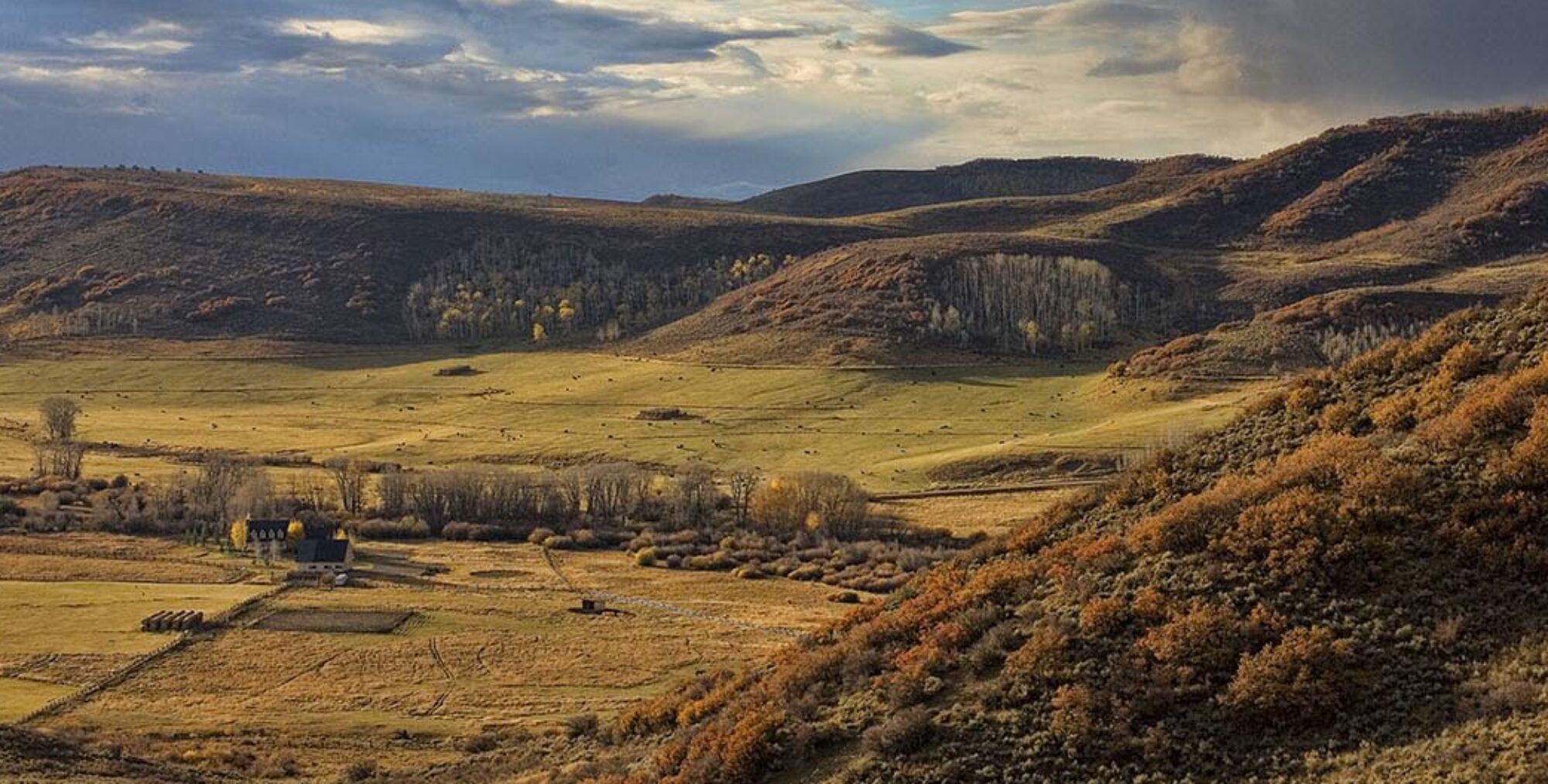In the above image, the main light source is from the right. A 69-cent silver card to the left bounces so much light on the shady side of the M855 EPR cartridge, however, that is almost looks like a flash was running there. Copyright Guy J. Sagi
Deep, information-robbing shadows in images leave readers scratching their heads when they want a close look at gear. It’s a shame, too. There are ways of improving detailed gun photos on the cheap, and here’s one of my favorites that might set you back $2—probably less.
Give It Bounce
The solution’s straightforward and doesn’t require adding flashes or flashlight-holding assistants. In my studio I often use mirrors or commercial reflectors to bounce sunlight or flash into an object’s dark nooks and crannies. OK, honestly, I do it most of the time because light is shy about shimmying around corners.
Reflectors or mirrors with stands are perfect. Unfortunately, they’re heavy, big, usually pricey and the latter carries a seven-year threat of bad luck when dropped.
Craft Stores are Your Friend
One option is so inexpensive and effective that it borders on ridiculous. Silver card stock comes in 12×12-inch sheets are only 69 cents right now at Michaels. So go ahead and splurge. Buy two. Call me a cheapskatee, but there are some serious advantages.
First, and foremost, the silver lining on one side does a great job reflecting light into otherwise dark areas, ensuring readers get a good look at all the details. That fact alone makes it an invaluable asset in your bag of lighting tricks. Yes, Photoshop can handle those “black holes” if you take your images in Raw, but you risk adding noise. And when print magazines require 300 dpi, a little noise goes a long way—not the right way, either.
Second, they store flat and weigh next to nothing. The system is light enough that I always take some to the SHOT Show, and more than a few of the photos I’ve taken on the floor have been used in magazines. NRA members are subjected to them weekly on my Fear and Loading blog at AmericanRifleman.org.
The third big advantage has to do with luck. No batteries die unexpectedly and seven-year curse risk is minimized. At the price, this method of improving detailed gun photos on the cheap is disposable, anyway.
For smaller items this approach can be ideal. Bear in mind, though, it won’t flood a huge area with light and ganging groups of these is like herding cats—wild ones.
Making it a Stand Up Guy
There’s also no stand or mechanism for aiming the bounced light. I use binder clips—you know, those big spring-loaded paper clip replacements. The odds are good you have a bunch hanging around the house or office, but if not, Office Depot can set you up with a dozen for only $5.59.
Simply attach a pair to the bottom of the card stock you’re using, then place strategically on the shady side of the item you’re photographing. Adjust the wire “legs” until the reflection is aimed properly. The paper has a short-term memory, so you can slightly flex/bend to fine tune direction. It won’t stay in that position for long, but in a pinch it’s effective if you work fast.
The low-cost system works well enough that serial numbers can even show up on photos for insurance purposes. Here’s a look at a setup I used earlier this year for handgun photos.
Notes
Make sure you get silver card stock that has a plain white side. There are times when reflecting white is a better option, but there is the possibility things will muddy up where up don’t want it.
Cut one sheet into quarters. Big 12×12-inch sheets are nice, but often get in the way. There are times when lower-profile 6x6s are ideal.
You’ll be tempted to toss your reflectors in a drawer, where they’ll be forever forgotten. I punch a hole near the edge of mine and leave them hanging with my photo gear—the paper-binder stands are staged on a hook nearby.
It’s not a perfect solution, but pretty darned close. And, at the price it’s a great way of improving detailed gun photos on the cheap.
Give it a try and link to the results. I’d love to see how it works out for you.
